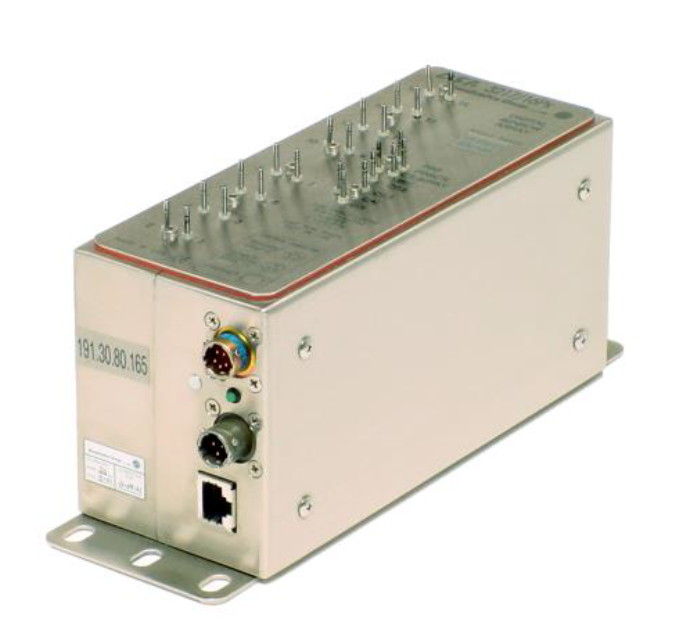
Adaptive wind-tunnel walls are designed to be moved to simulate “free-air” conditions and reduce or remove the aerodynamic effects of wall-interference on a model. Further, allowing the walls to be easily moved allows a standard wind tunnel design to utilise models of differing sizes from 100 per cent (such as a full-size car) down to models of 50 per cent scale or less. Often a building model can be as small as 1:300 scale. This improves the flexibility and range of testing that a wind tunnel can achieve, thus enhancing its lifespan and flexibility and breadth of application.










Water Sector Talent Exodus Could Cripple The Sector
Maybe if things are essential for the running of a country and we want to pay a fair price we should be running these utilities on a not for profit...